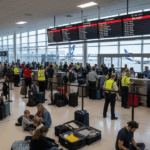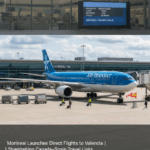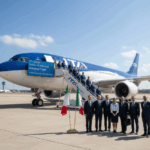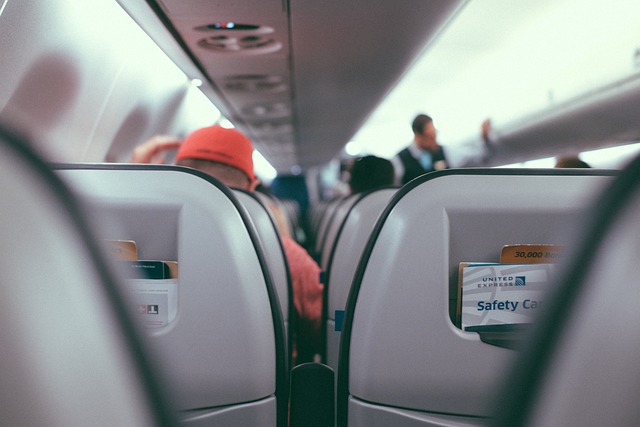Air travel has transformed how we explore the world, but the comfort of the journey has steadily declined. Over the years, seat size has decreased significantly, leaving passengers with cramped legroom, thin padding, and a growing list of complaints.
The average legroom has shrunk from 35 inches to a tight 28 inches, with some low-cost carriers offering even less. Seat width has also reduced by as much as four inches, leaving seats as narrow as 16 inches. This squeeze has allowed airlines to add more seats per flight and introduce new fees, such as charging extra for preferred seats.
The CDC reports that seat specifications are based on a 1960s male passenger who is 5’10” and weighs 180 pounds, despite changes in average body sizes. This discrepancy has made flights increasingly uncomfortable for many passengers.
Adding to the discomfort is the introduction of “pre-recline” seats, which eliminate the ability to recline, saving on fuel costs and accommodating more passengers. While some low-cost carriers have offered non-reclining seats for years, this trend is now spreading.
Despite passenger complaints and social media ridicule, recent government efforts to establish minimum standards for seat pitch, width, and length have faced challenges. A U.S. appeals court refused to order the FAA to adopt these standards, stating that it was not clear that smaller seats pose a safety risk.
In response, Senators like Tammy Duckworth and Tammy Baldwin are pushing for new cabin evacuation tests under more realistic conditions. However, the FAA currently does not regulate minimum seat size or passenger space.
The discomfort of airline seats is not the only concern for passengers; the cost of flying has also surged. CEO’s of major airlines have celebrated financial gains, leading to higher fares and reduced service quality.
Rising jet fuel costs, labor shortages, supply chain challenges, and increased demand have all contributed to higher prices. Airfare inflation has reached a record high, more than five times higher than the overall inflation rate.
Despite these challenges, Americans remain eager to travel, willing to pay higher prices for less service. As airlines continue to prioritize profit over comfort, passengers may soon find themselves unable to squeeze into their seats.
















More Stories
Montreal Joins Toronto and Vancouver with Direct Flights to Valencia, Ushering in a New Era for Canada–Spain Travel
Costa Rica Joins Mexico, Brazil, Canada, Dominican Republic, US, and Others in Redefining Green Tourism with Eco-Friendly and Community-Based Solutions
Ireland Wows North America’s Luxury Travel Market with Unique Charm and High-End Tourism Offerings